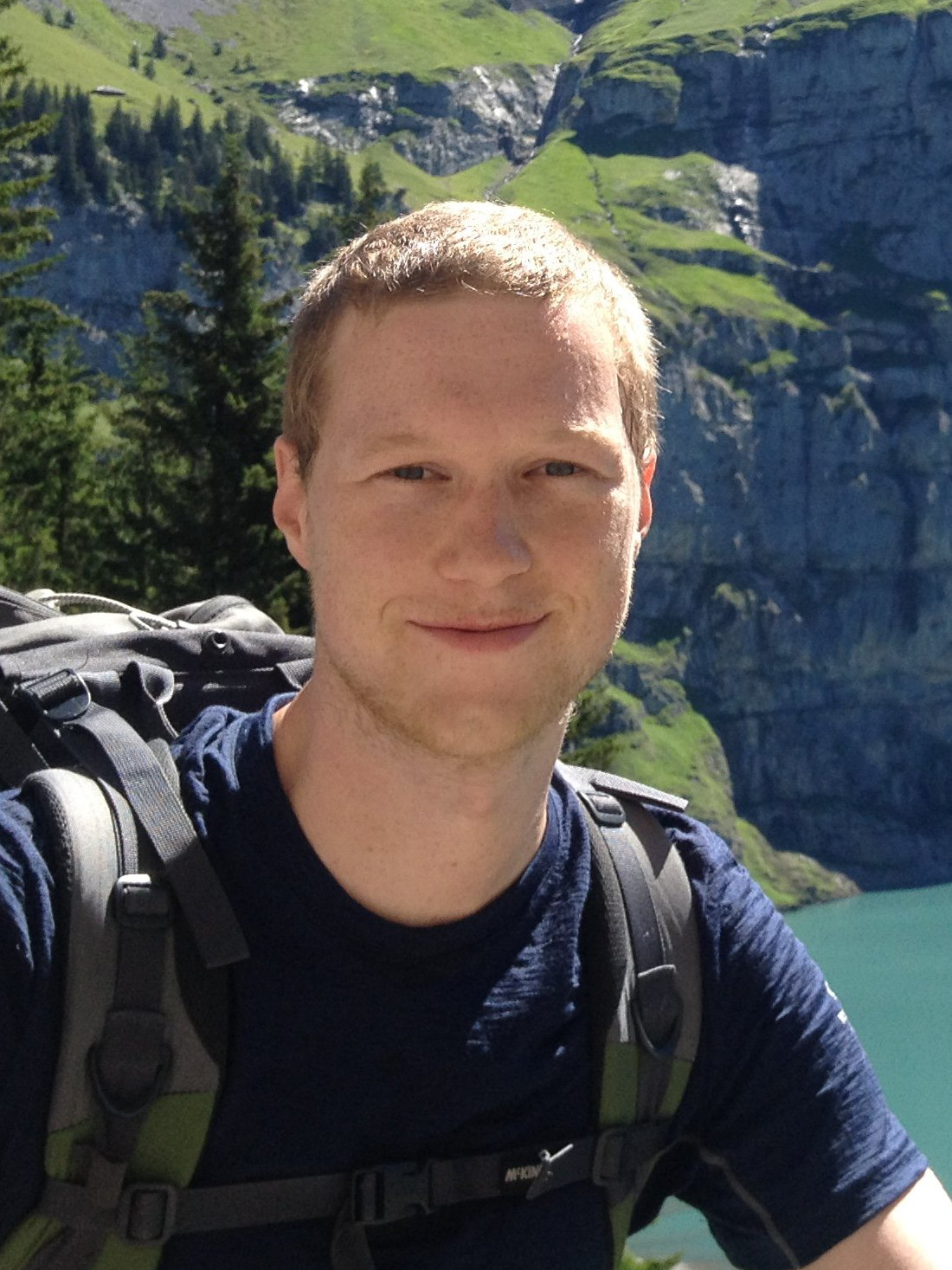Mining Trips from Location-based Social Networks for Clustering Travelers and Destinations
This is the first major publication of my dissertation project, which extends and combines previous work on the analysis of traveler mobility. The article was published in the Journal of Information Technology & Tourism. You can find the full text on the journal webpage. This article received the journal’s best paper award in 2020.
In this work, we present a data-driven method to mine trips from location-based social networks to understand how tourists travel the world.
The obtained insights can be relevant building blocks for destination recommender systems, i.e., automatic preference elicitation, defining travel regions, and general traveler behavior.
The primary artifact of this paper is the tripmining library, which quantifies collected trips with several metrics to capture the underlying mobility and assess the quality of the data.
We showcase two applications that utilize the mined trips. The first is an approach for clustering travelers in two case studies, one of Twitter and another of Foursquare, where the pure mobility metrics are enriched with social aspects, i.e., what activities the users have done. Clustering 133,614 trips from Twitter, we obtain three distinct groups of travelers based on the pure mobility trace. In the Foursquare data set, which includes the type of venues the users have checked in, six clusters can be determined. The second application area is the spatial clustering of destinations around the world. These discovered regions are solely formed by the mobility patterns of the trips and are, thus, independent of administrative regions such as countries. We identify 942 regions as destinations that can be directly used as a hierarchical region model in a destination recommender system.
Linus W. Dietz, Avradip Sen, Rinita Roy, and Wolfgang Wörndl. “Mining Trips from Location-based Social Networks for Clustering Travelers and Destinations.” In: Information Technology & Tourism 22.1 (Mar. 2020), pp. 131–166. ISSN: 1098-3058. DOI: 10.1007/s40558-020-00170-6
